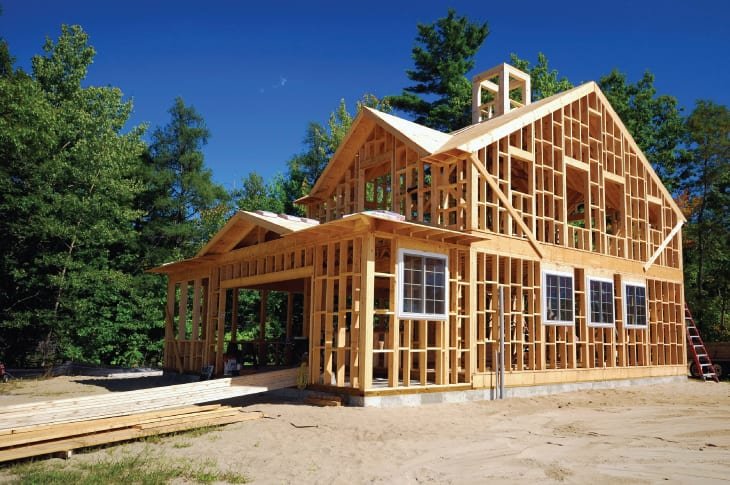When it comes to building a powerful online presence as a real estate professional, real estate SEO is one of the most critical tools at your disposal. With the majority of buyers starting their property search online, your website has the potential to become a 24/7 lead generation machine — but only if it’s properly optimized and strategically crafted to engage and convert.
In this guide, we’ll explore practical ways to attract more home buyers through your website, using proven strategies that combine technical optimization, local targeting, content marketing, and smart keyword integration.
1. Understand Your Buyer’s Journey
Before diving into tactics, let’s take a step back and understand the buyer’s mindset. Today’s homebuyers are digitally savvy. They start by browsing listings, researching neighborhoods, comparing prices, and looking up agents online. If your site fails to show up in search or doesn’t provide value fast, they’ll bounce to a competitor who does.
This is where SEO for real estate becomes essential — it helps you meet buyers where they are, on platforms like Google, Bing, and YouTube.
2. Optimize for Local Search
Most home buyers are searching in specific cities, zip codes, or neighborhoods. That’s why local SEO for real estate is the foundation of any high-performing real estate website. Make sure your site has:
-
Individual pages for each neighborhood or area you serve
-
NAP (Name, Address, Phone) consistency across your site and local listings
-
Google Business Profile fully optimized and updated
-
Schema markup to help search engines better understand your content
Bonus: Local targeting also improves conversion rates because you’re showing up for people who are actively looking in your region.
3. Use the Right Keywords (and Avoid the Wrong Ones)
Keyword research is the backbone of SEO for real estate websites. Don’t just optimize for broad, competitive terms like “homes for sale.” Instead, dig into:
-
“3-bedroom homes in [your city] under $500k”
-
“[Neighborhood] real estate market trends”
-
“Best schools in [area] for families buying a home”
Additionally, use long-tail keywords and focus on what your ideal buyers are typing into search engines. Sprinkle in top-performing phrases like real estate agent SEO, best SEO keywords for real estate, and SEO for real estate companies — but keep it natural.
4. Create Buyer-Focused Content
Once you’ve optimized the structure of your website, it’s time to build authority and trust through content.
Write blog posts, guides, and area profiles that help buyers make better decisions. Some content ideas:
-
Neighborhood comparisons (e.g. Downtown vs Suburbs)
-
“Best Homes for First-Time Buyers in [City]”
-
“Top Mistakes to Avoid When Buying Your First Home”
-
Housing market trend analysis
-
Walkthroughs of school districts, commute times, or amenities
With this kind of content, you not only build rapport but also create opportunities to rank for hundreds of mid- to long-tail keywords.
5. Build High-Converting Landing Pages
You’re driving traffic to your site — now what?
Your landing pages need to be optimized for conversion. This includes:
-
Eye-catching property photos and videos
-
Clear contact forms or lead magnets (e.g., “Download our first-time buyer checklist”)
-
Social proof like testimonials or reviews
-
Trust-building signals (years in business, awards, media features)
When you structure your pages strategically and tie them to high-intent keywords, you boost both rankings and ROI.
6. Improve Site Speed and Mobile Experience
A fast, responsive website keeps buyers engaged. A slow or clunky mobile experience will drive them away instantly. Use tools like Google PageSpeed Insights to check:
-
Loading times under 3 seconds
-
Mobile layout with thumb-friendly navigation
-
Compressed images and lazy-loading
-
Clean, uncluttered design
Remember: Google rewards fast, user-friendly sites — and so do your visitors.
7. Add Interactive Tools and Virtual Tours
Interactive features like mortgage calculators, map-based searches, and 3D home tours are more than just nice add-ons — they keep users on your site longer, boost engagement, and increase the chance of conversion.
Bonus benefit? More time on site = better rankings = more buyer traffic.
8. Keep the Site Fresh with Regular Updates
Stale websites lose both traffic and trust. Update your blog weekly with relevant content and make sure your listings stay current. Google loves fresh content, and so do returning users.
You should also periodically audit and update your site’s meta descriptions, internal links, and images — especially if you’re targeting multiple cities or zip codes.
9. Track, Measure, Adjust
Don’t guess what’s working. Use tools like:
-
Google Analytics
-
Google Search Console
-
Hotjar or Microsoft Clarity (for heatmaps)
-
SEMrush or Ahrefs for keyword tracking
These tools show which pages get the most visits, where users drop off, and which keywords are bringing in traffic.
When you spot a winning piece of content, double down. If a page is underperforming, optimize it with better keywords or improved CTAs.
Final Thoughts
Attracting more home buyers through your website isn’t magic — it’s a matter of strategy, consistency, and the right tools. Whether you’re an independent agent or a growing brokerage, having a digital presence that works for you around the clock is non-negotiable.
If you want to skip the trial and error, partnering with a real estate SEO services provider can fast-track your growth and ensure you’re positioned above the competition — especially in hot markets.
By leveraging smart keyword use, creating content that resonates, and optimizing for both search engines and users, your website will become your #1 lead generation asset.

